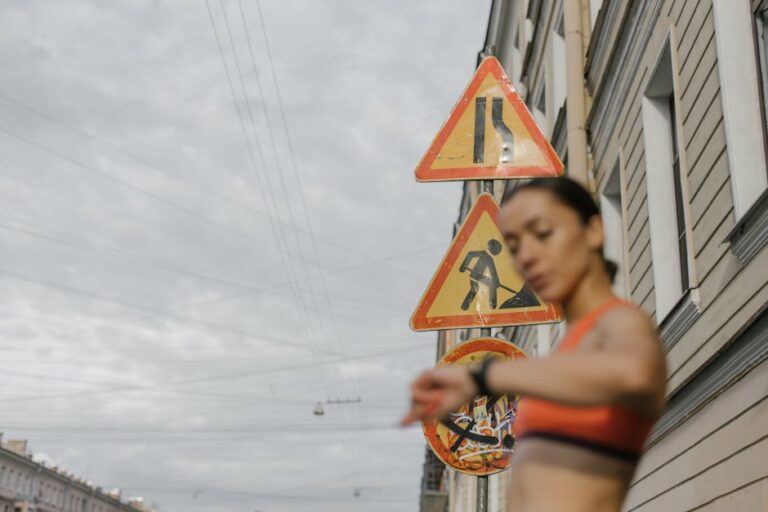Chicago Dust Storms: Understanding the Threat, Impacts, and Preparedness
Chicago Dust Storms: Understanding the Threat, Impacts, and Preparedness
While Chicago is known for its lakefront views and vibrant city life, it’s less often associated with severe weather events like dust storms. However, the city and surrounding areas are vulnerable to these powerful phenomena, particularly during periods of drought and strong winds. Understanding the causes, potential impacts, and necessary preparedness measures is crucial for residents and visitors alike.
What Causes Dust Storms in Chicago?
Dust storms in the Chicago area aren’t typically the massive, desert-like events seen in the Southwest. Instead, they are often localized events fueled by a combination of factors:
- Dry conditions: Extended periods of drought or low rainfall leave the soil dry and easily erodible. This creates a ready source of dust particles.
- Strong winds: High-velocity winds, particularly those associated with cold fronts or thunderstorms, are essential for lifting and transporting dust particles into the atmosphere. These winds can easily pick up loose soil and debris from agricultural fields, construction sites, and even exposed urban areas.
- Agricultural practices: Intensive farming practices, particularly tilling and leaving fields bare, can increase soil erosion and the availability of dust particles. This is particularly relevant to the agricultural regions surrounding Chicago.
- Construction and development: Construction activities and land development can expose large areas of bare soil, which are highly susceptible to wind erosion and the generation of dust.
- Proximity to agricultural regions: Chicago’s proximity to the fertile farmlands of the Midwest means that dust originating from these areas can be readily transported into the city by prevailing winds.
Impacts of Dust Storms on Chicago
Dust storms, even relatively small ones, can have a significant impact on Chicago and its residents:
Health Impacts:
Dust storms pose a serious threat to public health. Inhaled dust particles can irritate the respiratory system, causing coughing, sneezing, shortness of breath, and exacerbating conditions like asthma and allergies. Fine particulate matter (PM) can penetrate deep into the lungs and contribute to cardiovascular problems. Individuals with pre-existing respiratory issues are particularly vulnerable.
Environmental Impacts:
Dust storms degrade air quality, impacting visibility and potentially affecting local ecosystems. The dust can settle on surfaces, creating a film that can damage plants and infrastructure. Reduced visibility can also lead to traffic accidents and disruptions to air travel.
Economic Impacts:
The economic impact of dust storms in Chicago can be substantial. Reduced visibility can lead to delays and cancellations in air and ground transportation. Damage to crops and infrastructure can also create economic losses. Increased healthcare costs due to dust-related illnesses further contribute to the economic burden.
Preparing for a Chicago Dust Storm
While predicting the exact timing and intensity of a dust storm is challenging, preparedness is key. Taking proactive measures can significantly mitigate the risks and impacts:
- Monitor weather forecasts: Pay close attention to weather reports and advisories from the National Weather Service. Be aware of any warnings or watches issued for high winds and dust storms.
- Prepare an emergency kit: Include items like bottled water, non-perishable food, medications, flashlights, batteries, and a first-aid kit. Consider including dust masks and eye protection.
- Protect your home: Secure loose objects that could be blown around by the wind. Consider sealing any gaps or cracks in your home to minimize dust infiltration.
- Limit outdoor activities: Avoid unnecessary outdoor activities during a dust storm. If you must go outside, wear a dust mask, protective eyewear, and long sleeves and pants.
- Protect your vehicles: Park your vehicles in a sheltered area to minimize dust accumulation. Consider covering them if possible.
- Stay informed: Keep your phone charged and access reliable news sources for updates on the dust storm’s intensity and duration.
Historical Context of Dust Storms in Chicago
While not as frequent as other weather events, Chicago has experienced dust storms throughout its history. These events are often linked to specific meteorological conditions and long-term climate patterns. Researching historical dust storm events can provide valuable insights into the frequency, intensity, and potential impacts of future events. This information can inform the development of effective mitigation and preparedness strategies.
The Role of Climate Change
Climate change is expected to increase the frequency and intensity of extreme weather events, including dust storms. Changes in precipitation patterns, increased drought frequency, and more volatile wind conditions could all contribute to an elevated risk of dust storms in the Chicago area. Understanding the potential role of climate change in exacerbating dust storms is crucial for long-term planning and adaptation measures.
Technological Advancements in Dust Storm Prediction and Mitigation
Technological advancements in weather forecasting and modeling are continuously improving the ability to predict and monitor dust storms. High-resolution weather models, satellite imagery, and advanced sensor networks provide more accurate and timely information about dust storm development and movement. These advancements aid in issuing timely warnings and enable effective emergency response.
Community Preparedness and Response
Effective community preparedness and response are vital in mitigating the impacts of dust storms. Public awareness campaigns, emergency drills, and community-based preparedness plans are essential. Collaboration between governmental agencies, healthcare providers, and community organizations ensures a coordinated and effective response to dust storm events.
By understanding the causes, impacts, and preparedness measures related to Chicago dust storms, residents and visitors can better protect themselves and their communities from the potential hazards associated with these powerful weather events.



